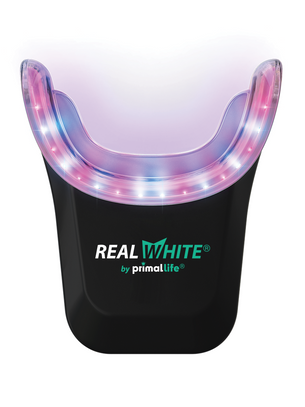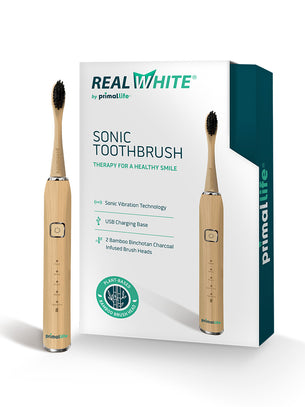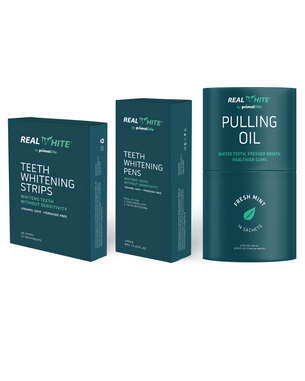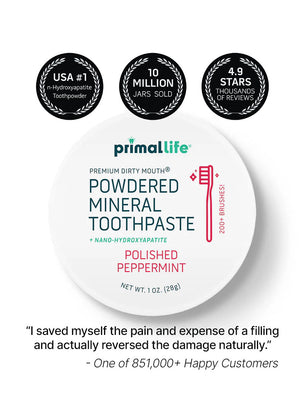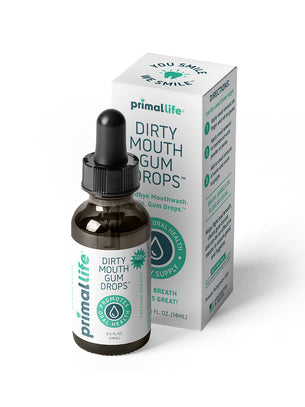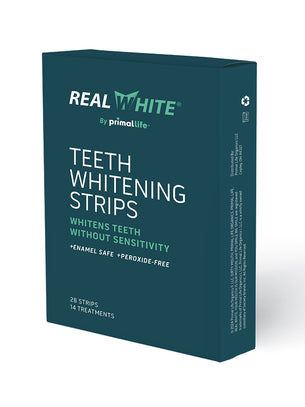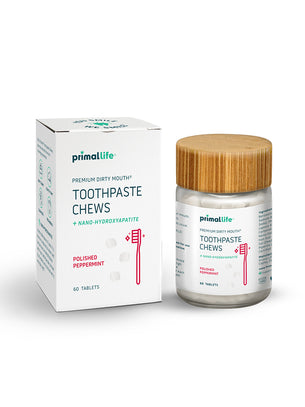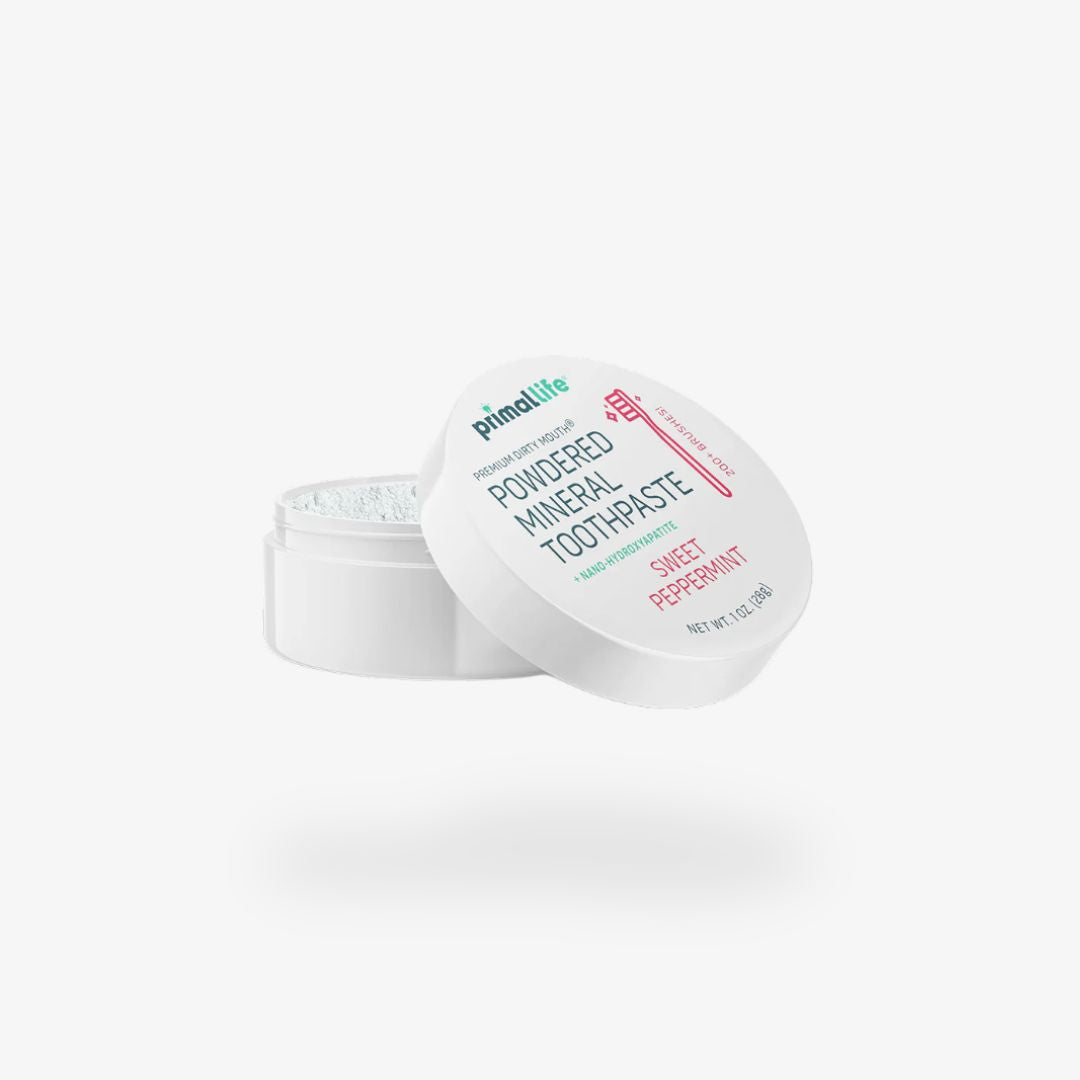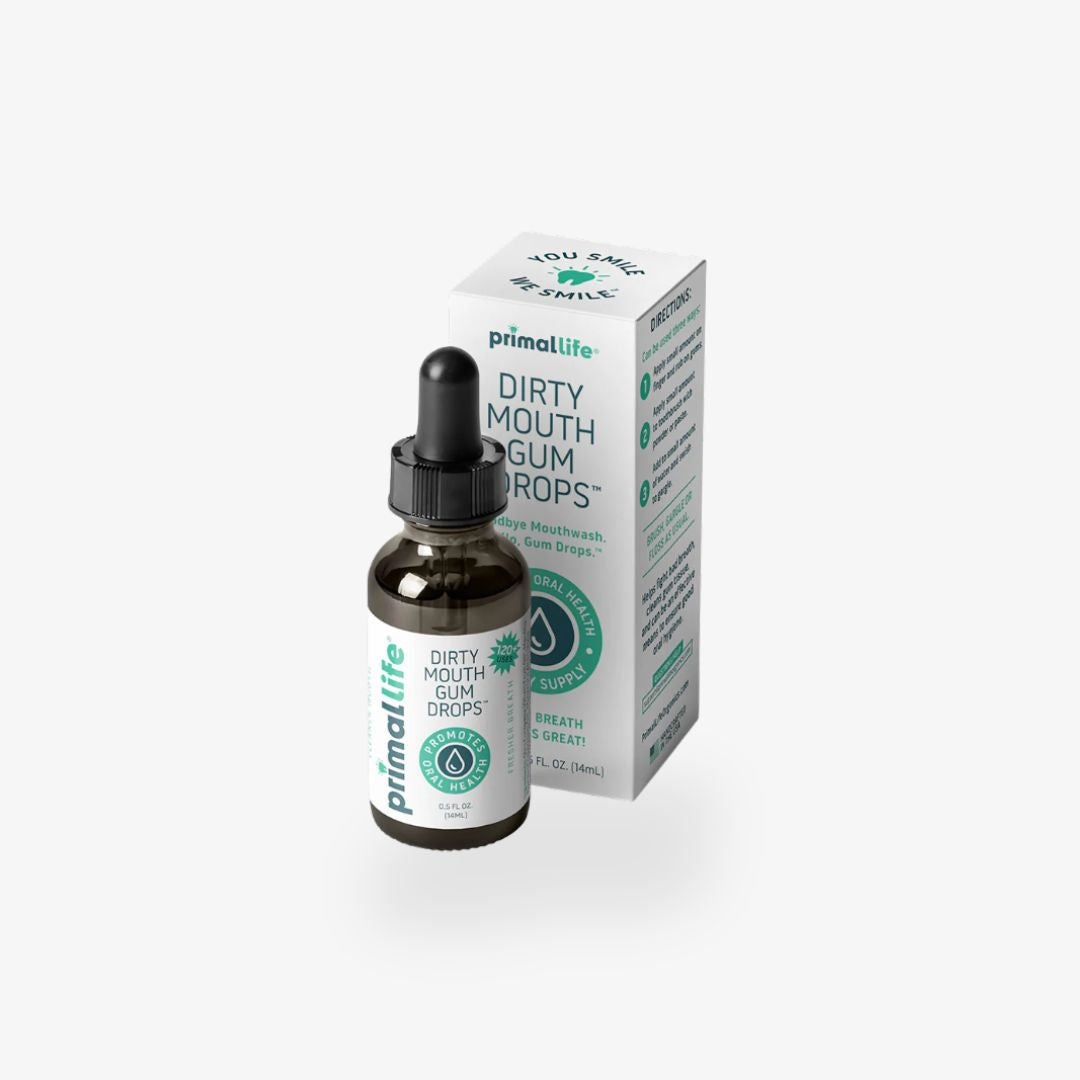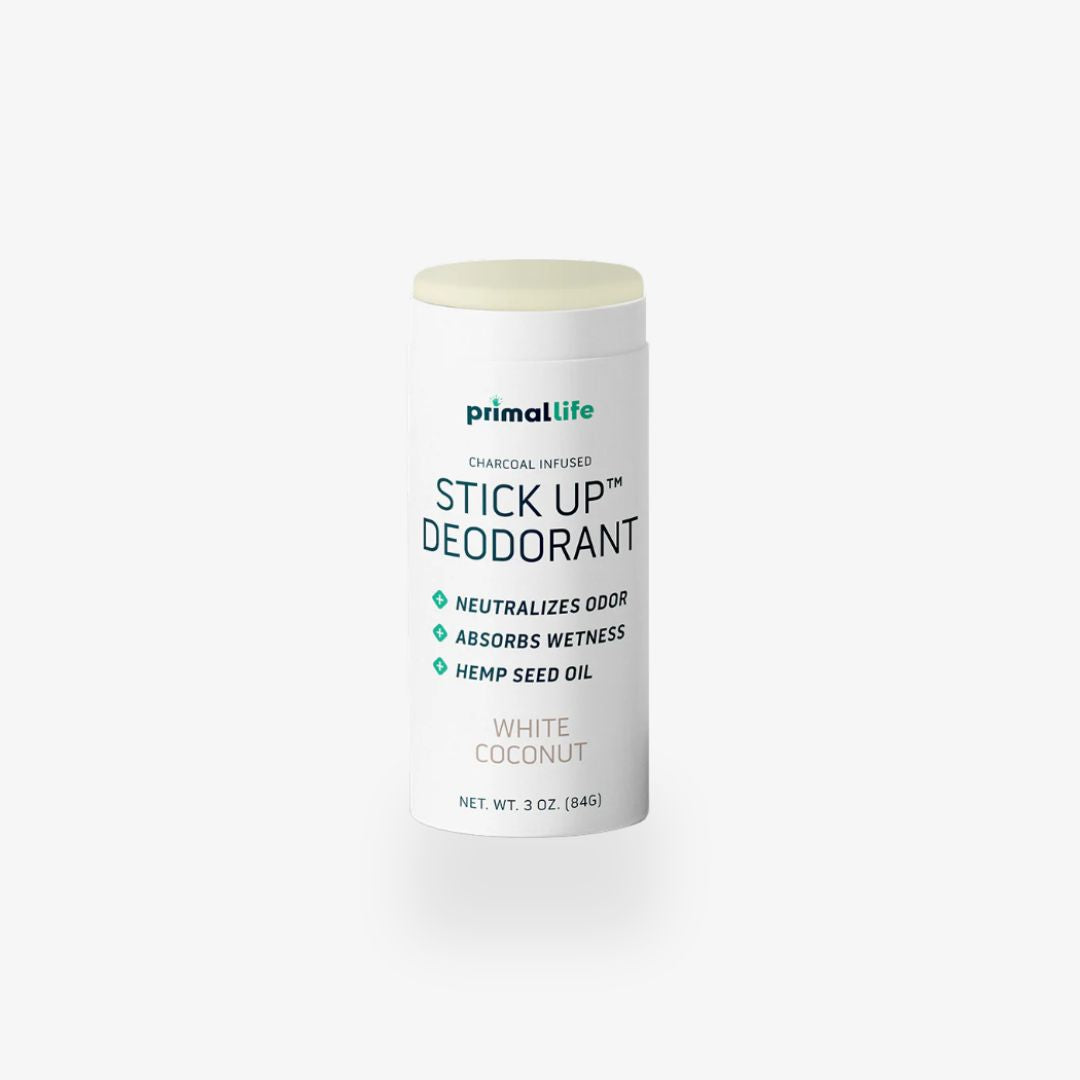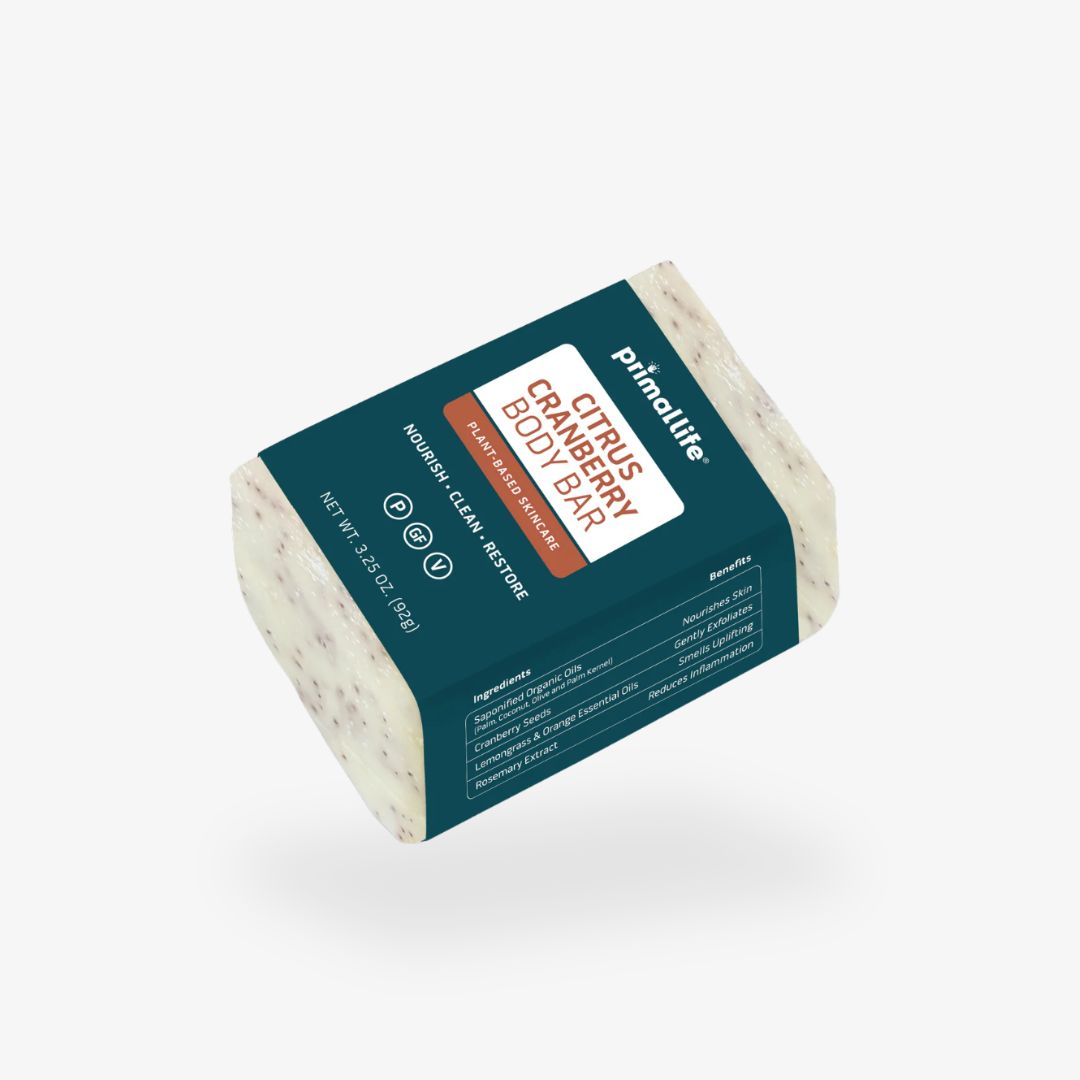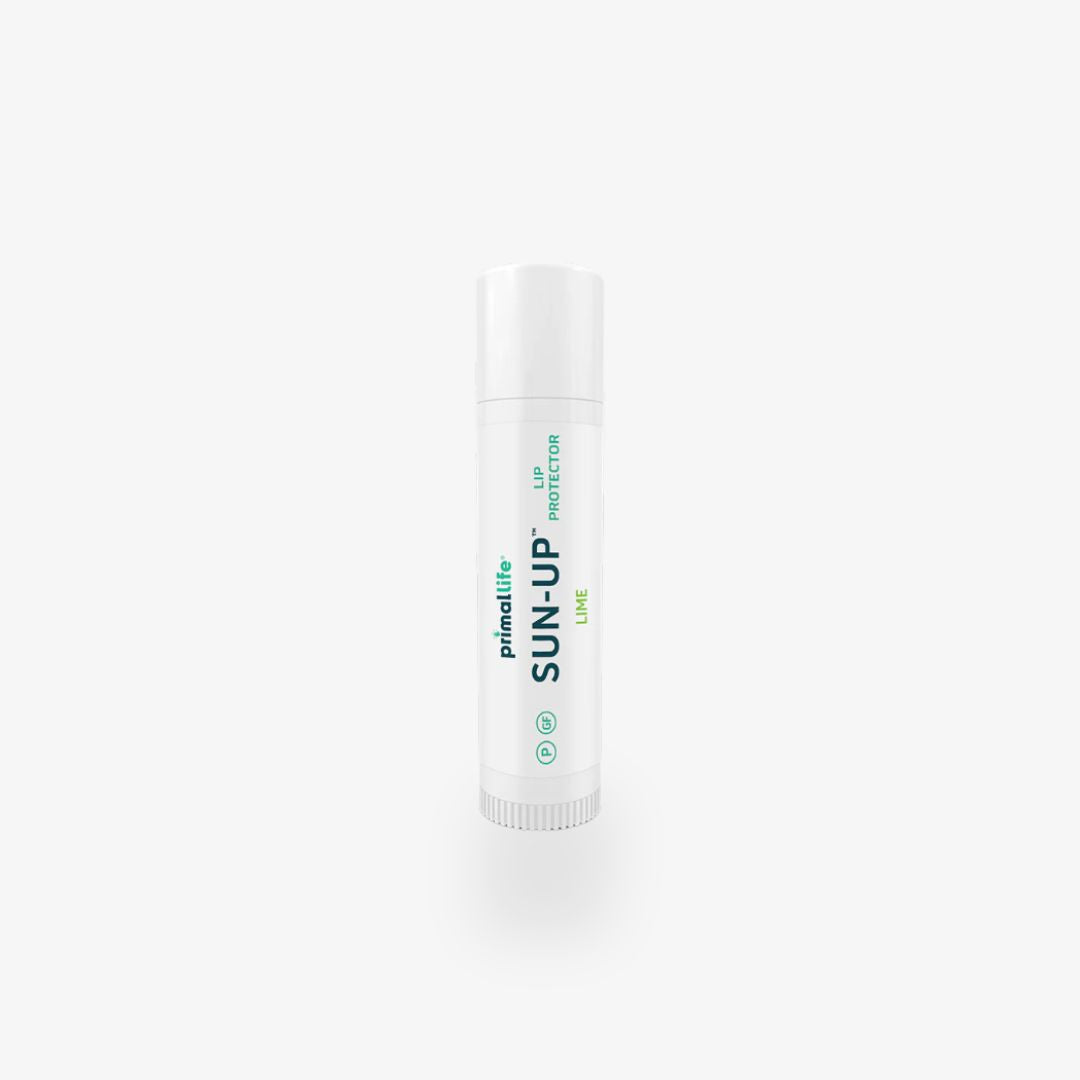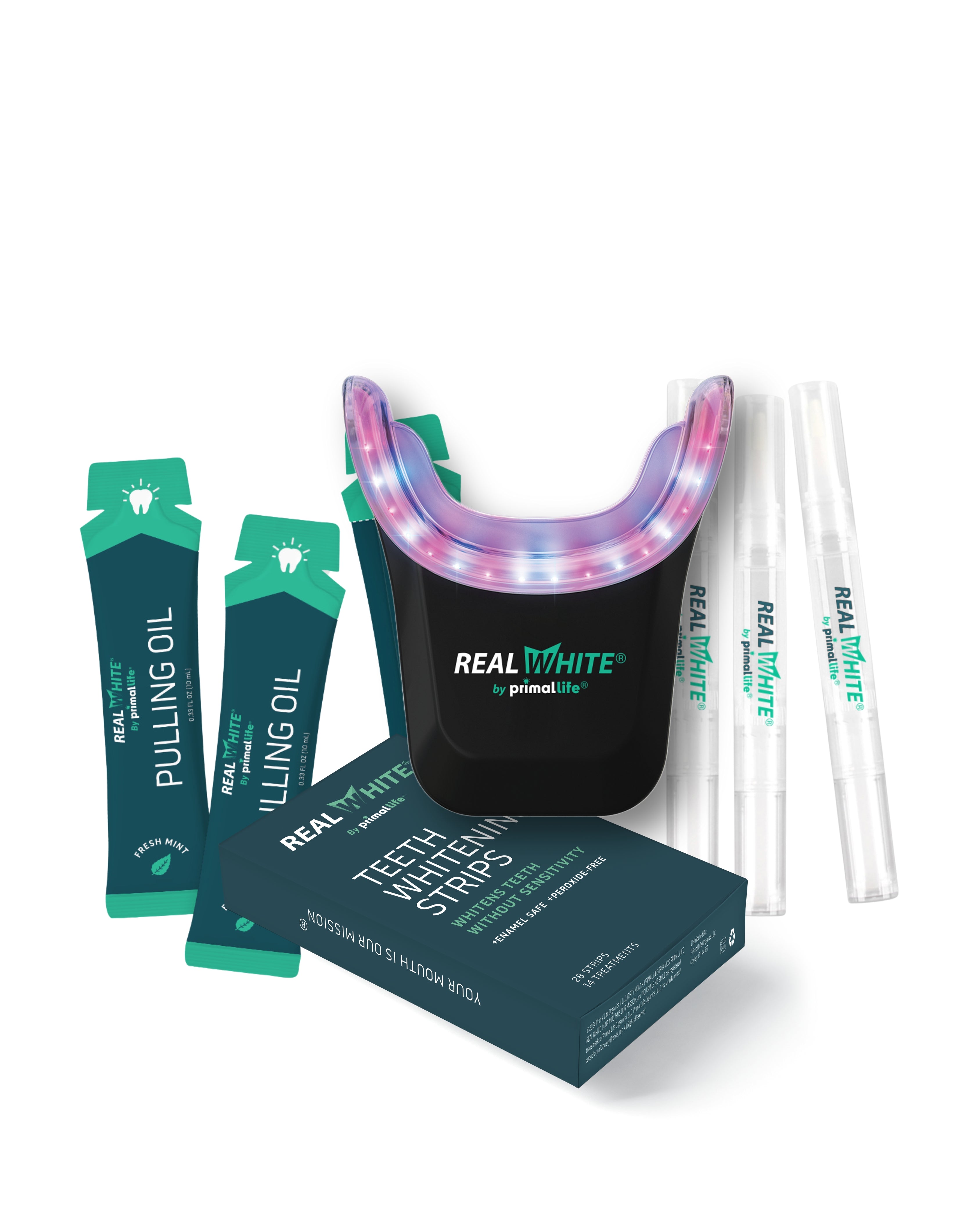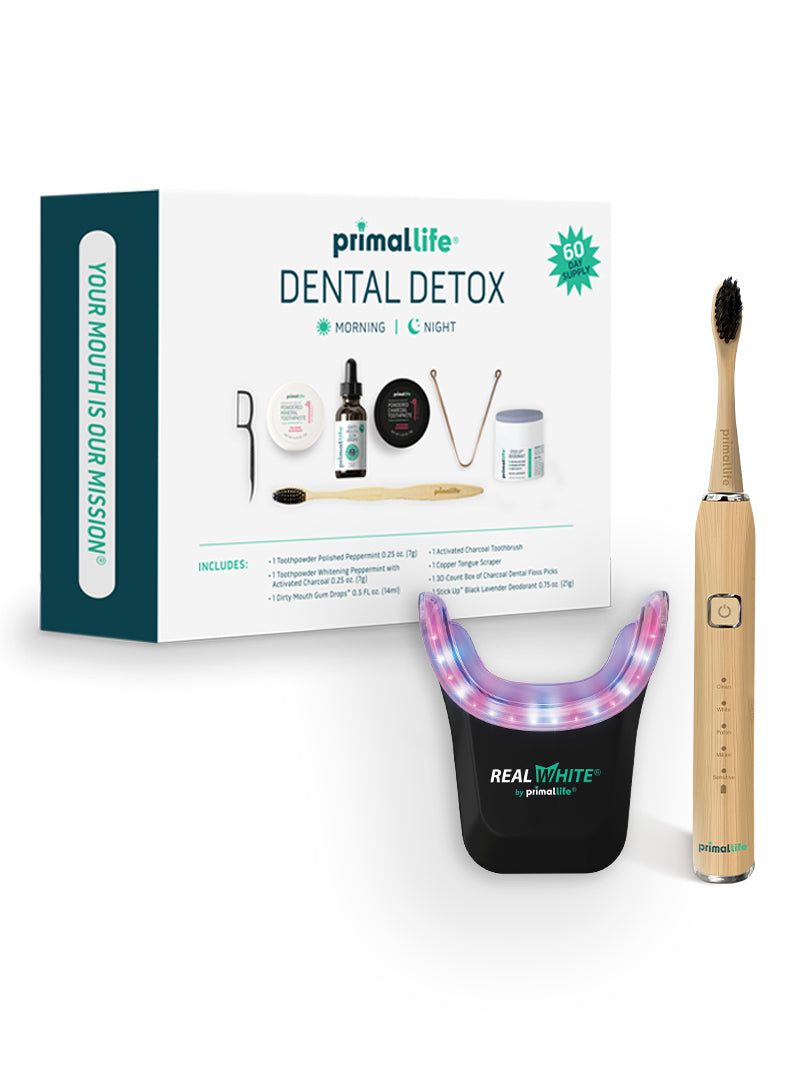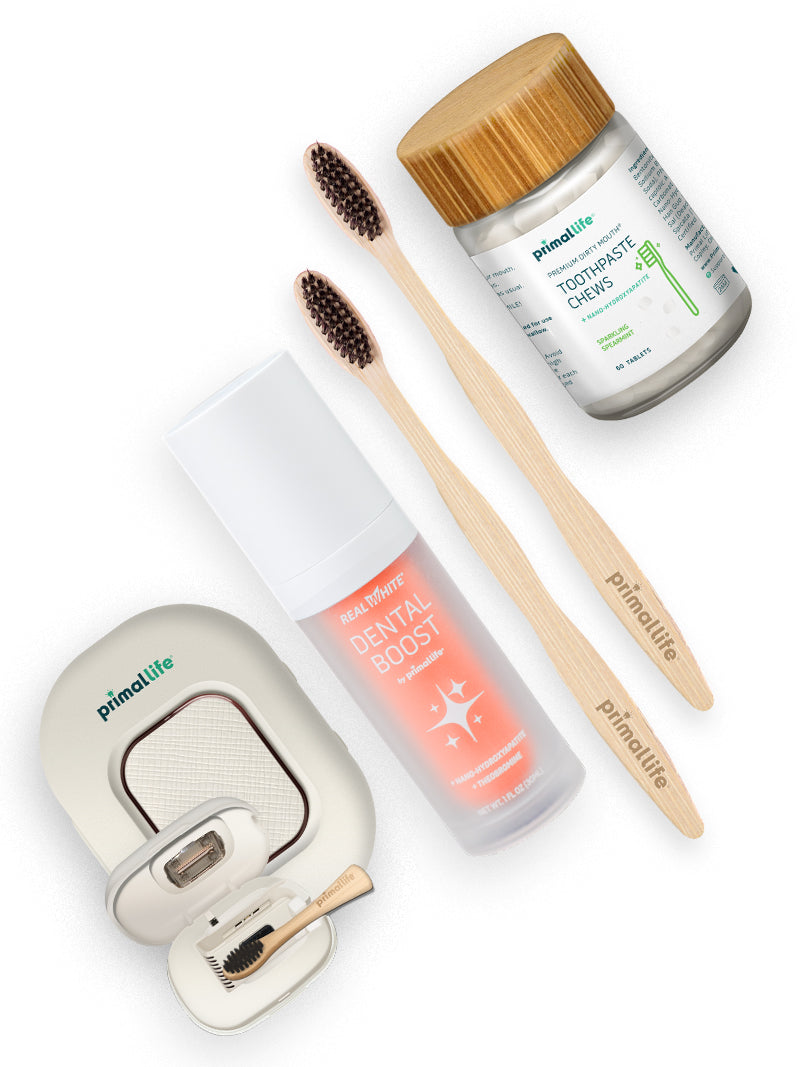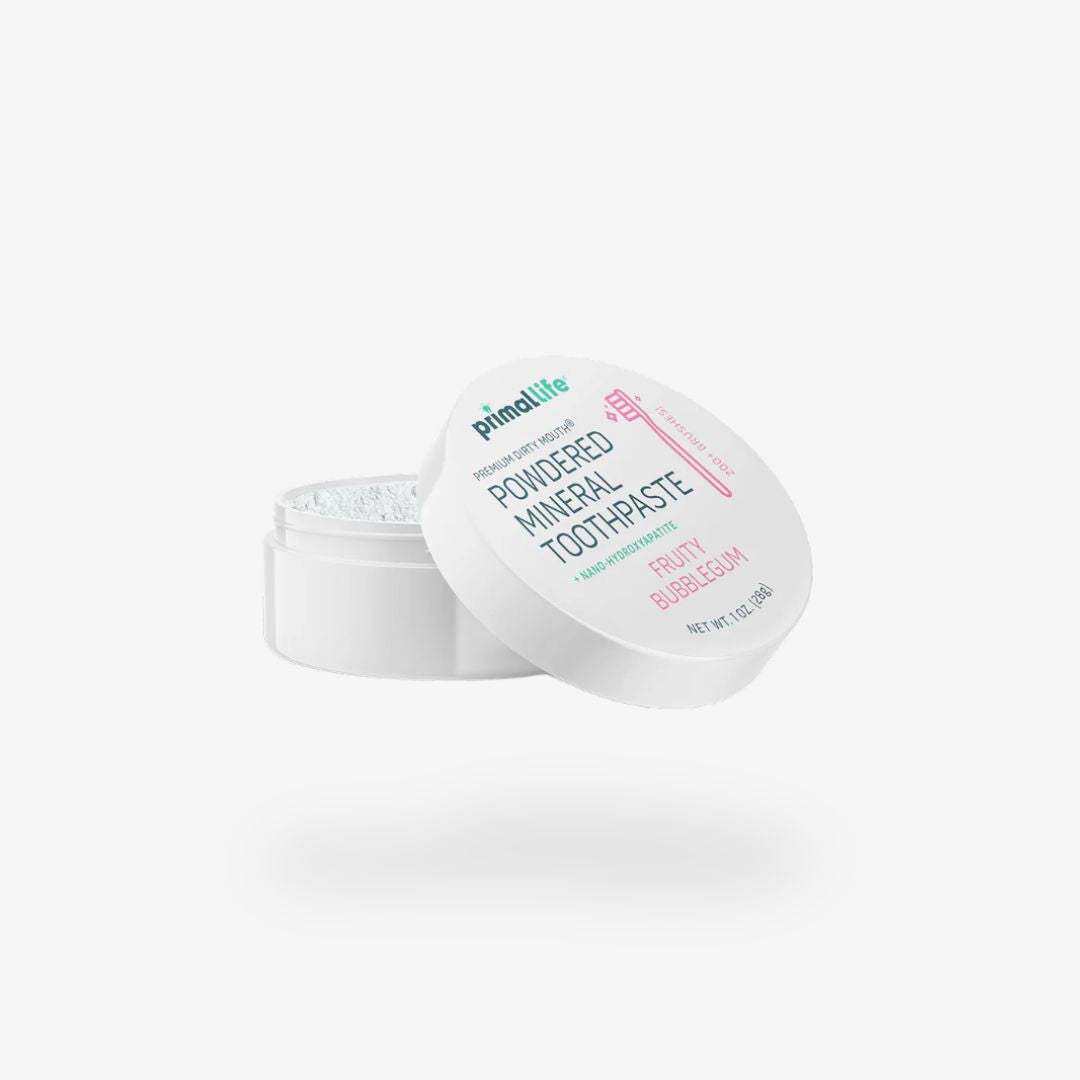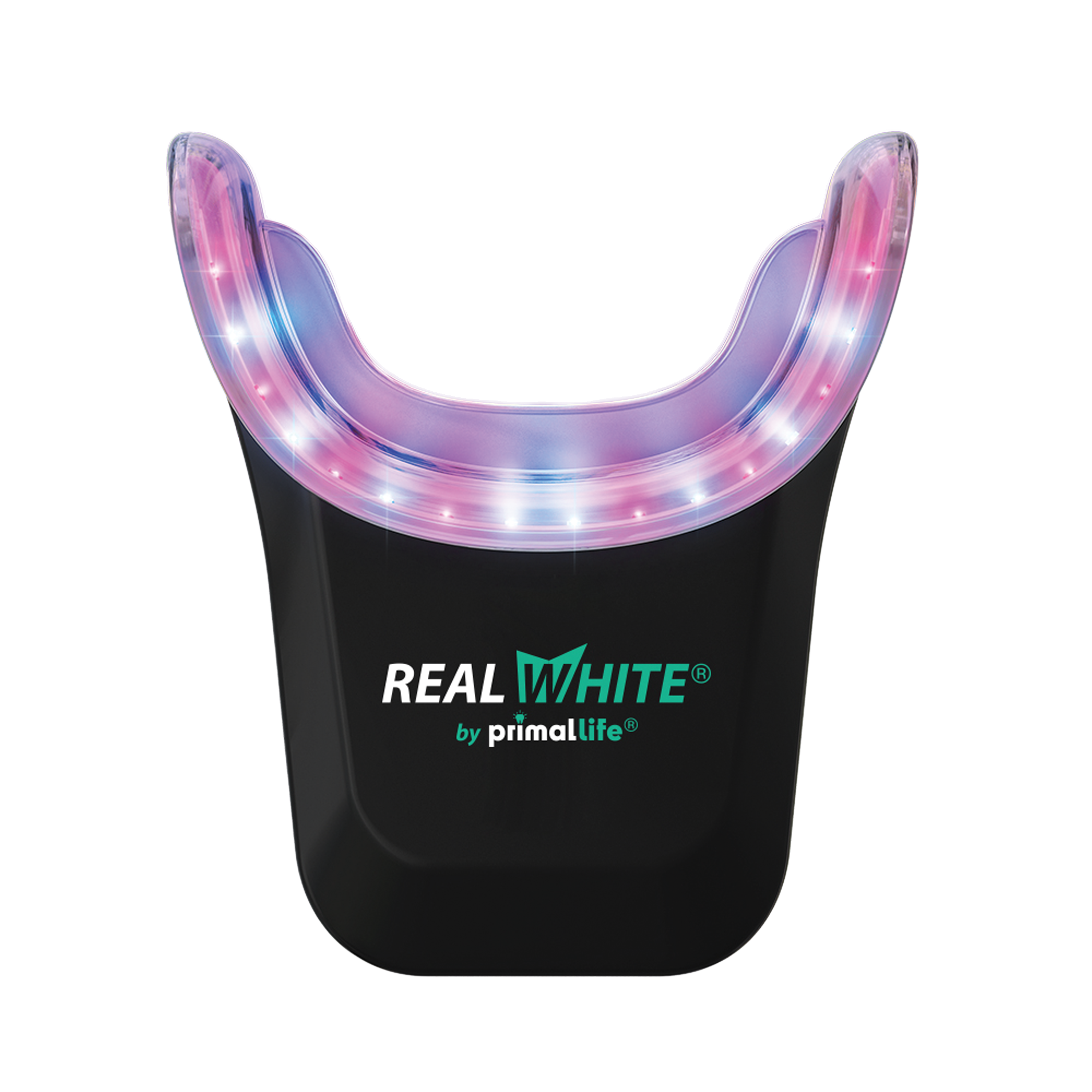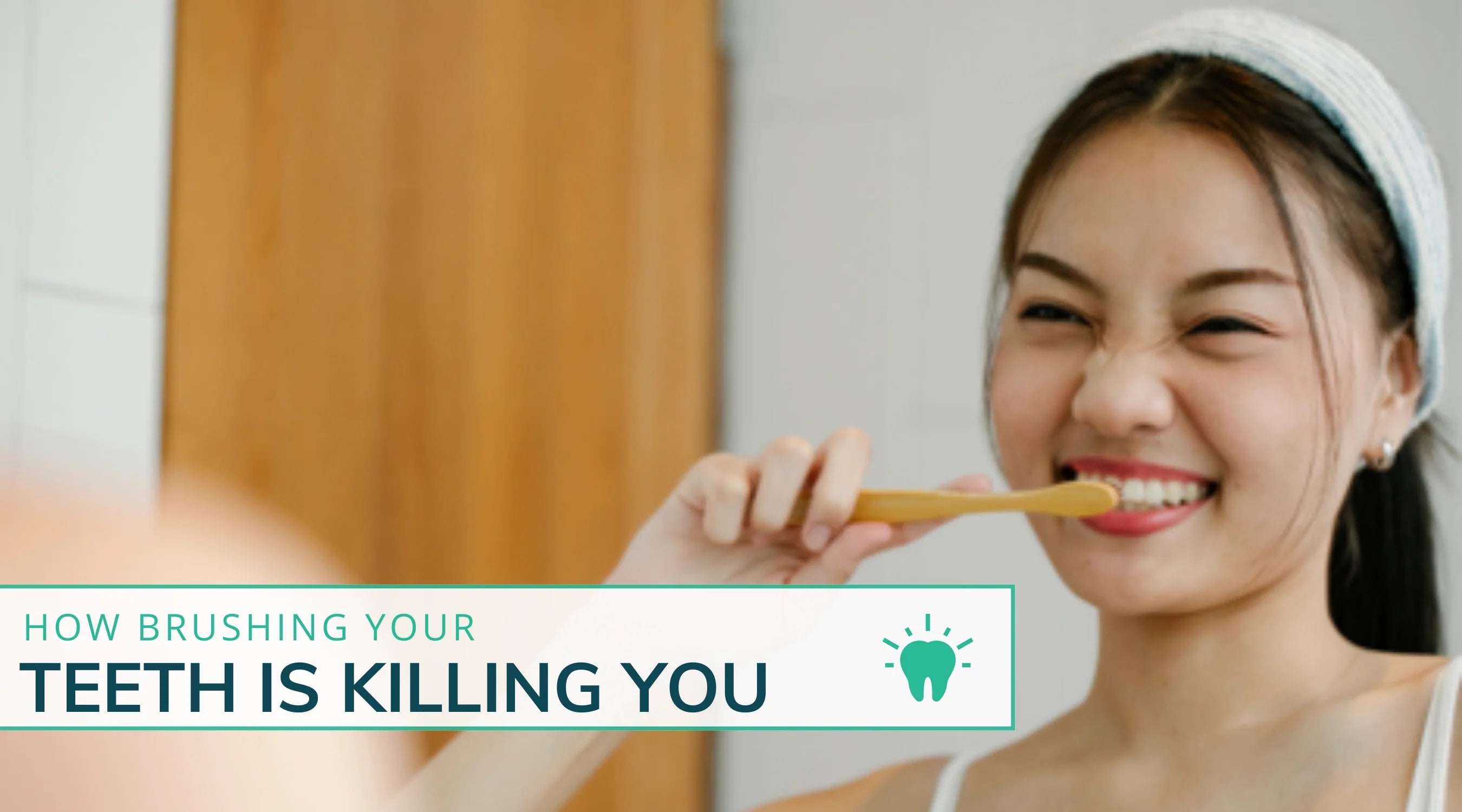Right from childhood, you were informed that brushing your teeth is essential to oral and dental health. In fact, you were told that brushing your teeth regularly with fluoride toothpaste will keep your teeth white and strong.
The underlying truth is that brushing your teeth with conventional toothpaste is dangerous for your dental health instead of improving it. Some of the hash ingredients can also cause or worsen gum recession.
Here’s why:
Americans tend to be loyal to brands. It’s not out of place to see generations after generations using one particular brand of fluoride toothpaste. Telling you to change that routine of brushing your teeth with traditional toothpaste may be weird.
We’ve created this article to expose all the myths about brushing your teeth with fluoride toothpaste. We will also examine the natural ways to keep your teeth whiter and stronger. You might just be surprised at how you’ll come around and see things from our perspective.
Let’s dive in.
The Biggest Myths About Brushing
You already know how brushing works: apply and spread toothpaste over your toothbrush and brush side-to-side and up-and-down for 2 minutes. Spit, rinse, and repeat the process before bedtime.
Let’s take apart the brushing myths one by one.
Myth #1: Standard Toothpaste Are Made From Safe Ingredients
You may think that if standard toothpaste ingredients aren’t safe from consumption, they would’ve been flagged by the FDA, right?
Wrong.
The ingredients used in making toothpaste are not safe for your mouth, teeth, and your body. Many of these ingredients, by default, aren’t designed to improve your dental health. Instead, they do the most in compromising your dental health.
Take a look at the ingredients section of your toothpaste, and you will see some of these culprits below:
Fluoride
Fluoride is the most common ingredient used in making toothpaste. Coincidentally, it is also the most controversial toothpaste ingredient. Fluoride was once hailed as a ‘miracle ingredient’ over 100 years ago when scientists discovered it had the potential to reduce dental cavities.
Toothpaste companies jumped at the opportunity to promote fluoride in their formula in the 1950s, promoting the acceptance of the ingredient in traditional dental care. Beyond its cavity-prevention properties, it is considered a neurotoxin that affects the neurotransmitters in the brain, reducing its power.
The National Academies of Science, Engineering, and Medicine (NAP) conducted a comprehensive review of fluoride in 2006 to ascertain its neurotoxicity. It was discovered that fluoride is mostly responsible for producing free radicals in the brain.
These radicals accelerate the degeneration of healthy tissues in the brain and promote disruption of essential brain functions.
From the study, fluoride has been linked to several complications, including:
- Higher risk of thyroid imbalance.
- Nervous system degeneration.
- Impaired pineal gland function.
- Depression and anxiety.
- Entry of aluminum into the brain.
- Developmental impairments.
Now, you know fluoride is unsafe for your dental and oral health.
Triclosan (TCS)
Triclosan is another ingredient in toothpaste that isn’t safe for consumption. This ingredient is also found in soaps, cosmetics, and other self-care products and is designed to lower bacterial contamination. You might think that you are not swallowing your toothpaste however evidence says otherwise. Even though you spit most of your toothpaste out, you do ingest a small amount.
There is compelling evidence shows that triclosan comes with potential risks. For instance, the FDA confirmed that triclosan is ‘not generally recognized as safe’ due to insufficient proof of its long-term benefits. That’s a smart way of saying something is not safe.
Expert studies also show that triclosan contains antibiotic-resistant bacteria, which interferes with thyroid hormone production.
TCS can cause hepatic damage by disturbing lipid metabolism, which is often accompanied with gut microbiota dysbiosis (small intestinal bacterial overgrowth or SIBO).
Further research showed that exposure to TCS exaggerates colonic inflammation and exacerbates development of colitis-associated colon tumorigenesis, via gut microbiome-dependent mechanisms.
The good news is that toothpaste brands must list it on their ingredient labels for all to see. Noticeably, some brands have formulated their toothpaste to not include triclosan from the label.
Aspartame
Aspartame is typically found in coffee and dessert. But it has also found its way into toothpaste formulation. Aspartame is sweet, and toothpaste brands take advantage of its sugary taste to include it in their products.
During brushing, aspartame is processed through your digestive system and converted into methanol. Not just any type of methanol, but free methanol is responsible for breaking down the carcinogen and neurotoxin formaldehyde in the body.
There is compelling evidence that aspartame (and its metabolites) are responsible for a broad range of adverse effects, such as type 2 diabetes, metabolic syndrome, headaches, negative gut bacteria, compromised memory, anxiety and depression, behavioral disturbances, hair loss, weight gain, and cancer.
That’s not what your body needs.
Myth #2: It’s Great to Kill All Bacteria in the Mouth
When you hear the word bacteria, you first think about eliminating it. While bacteria have a bad rep for themselves, not all of them should die off. Weird when you think about it.
Certain bacteria are essential to your oral health. Ensuring that all bacteria die in your mouth is a myth. You need to balance the good and bad bacteria in your mouth. That balance is called an oral microbiome. It features billions of productive bacteria that help your mouth resist pathogens and toxins.
When your oral microbiome is balanced, the bacteria will be able to fight inflammation and improve your immune system. So, how does your regular toothpaste play into this? Regular fluoride toothpaste is designed to kill all bacteria lodging in your mouth.
They don’t have distinguishing properties to separate good from bad bacteria. So, every time you brush your teeth, you destroy the ‘good’ bacteria in your mouth. The implications are that you remove your mouth’s ability to attack foreign invaders and reduce inflammation. It also includes you being prone to cavities, bad breath, gum disease, and biofilm on the tongue.
Alternatives to Conventional Daily Oral Care
From what we have explored, you can see that your traditional toothpaste is bad for oral health. So, what are the solutions?
Consider these natural alternatives to brushing your teeth.
Brush without Fluoride: Use Natural Tooth Powder
Is it possible to brush your teeth and keep them white, fresh, strong, and clean without using toothpaste? The answer is a resounding yes.
You should replace your standard toothpaste with natural toothpowder or natural toothpaste for safe daily oral treatment and care. Tooth powder is a special blend of natural ingredients tested and proven to enhance the health of your mouth. It’s quite different from fluoride toothpaste which only prevents your tooth from cavities and temporarily makes your breath minty. Natural tooth powder improves your overall dental health.
Some of its benefits include:
- Neutralizes bad breath.
- Fights off harmful bacteria while protecting healthy ones.
- Remineralizes teeth and prevents sensitivity.
- Protects gums from decay and infection by reducing inflammation.
- Fights off plaques lodging on the teeth.
- Strengthens your teeth enamel.
Brushing with a clay-based tooth powder sounds strange. But when you start, you’d wonder why you haven’t tried it since.
Brush With Charcoal Toothbrush
Did this raise any eyebrows? Wait till you read the rest of this. Charcoal is a wonderful ingredient for promoting great oral health, but it’s a well-kept secret. In fact, charcoal is also used for a host of medicinal purposes.
However, you can capture the natural essence of charcoal using a charcoal bristle toothbrush. When activated charcoal comes in contact with your teeth, its absorptive properties will bond, removing stains, yellowing, and even brown marks.
These stains and toxins are pulled out of your teeth, and you can spit them into the sink. Activated charcoal also removes the bacteria that cause inflammation and plaques. You won't suffer from cavities when there’s less plaque and inflammation.
If you are unsure about swapping your plastic toothbrush for a Charcoal Ion Toothbrush, check out these benefits:
- Removes plaque without weakening teeth or causing sensitivity
- Adds whitening power to your brushing by pulling stains out of enamel
- Eliminates bad breath by removing toxins from teeth, gums, and tongue
- Cleanses gum tissue, drawing pathogens out of their tiny hiding spots.
Charcoal ion toothbrushes protect your teeth from the accumulation of bacteria and acids, helping you pull off that wonderful smile.
Stop Ignoring Your Dental Floss
Flossing is one of the simplest ways to keep bacteria and food debris from lodging in your teeth. However, according to the American Dental Association (ADA), only 16% of Americans floss regularly.
When applying makeup, you apply it completely on all your face, not some parts. Brushing removes the easier debris, but flossing ensures that bacteria and debris are out of your teeth completely.
Flossing shouldn’t be optional for you. It’s the only surefire way to remove debris between the teeth and prevent tooth decay in those areas.
Follow the tutorial below to floss your teeth properly:
- Wrap about 18” of floss around your middle or pointer fingers.
- Hold the floss taut and gently fit in between two teeth.
- Bend the floss into a “C” shape as you rub it gently up and down the side of the tooth.
- Repeat in between all teeth.
You can use tools like floss picks or our recommended activated charcoal-bamboo biodegradable floss to floss quickly and seamlessly.
Make Your Own Natural Mouthwash
Are you aware that you can make your own natural and safe mouthwash? You sure can! Some of the mouthwash you may be using is filled with harsh products that destroy all the healthy bacteria in your mouth.
You can make your own natural mouthwash with essential oils. These oils are concentrated botanical oils blessed with therapeutic properties. It is even backed by compelling research. Essential oils, when applied properly, can counteract gingivitis, lower inflammation, and prevent tartar and plaques from resting in your mouth.
Blend the following ingredient to make your own natural mouthwash:
- 2 drops of tea tree essential oil.
- 2 drops peppermint essential oil.
- ½ cup filtered water.
- 2 tsp baking soda.
All you need to do is wiggle and spit twice daily to keep your plaques away from your teeth.
What to Expect When You Make the Switch to Natural Products
The switch to natural products may be long and confusing, but the rewards are enormous. You get blessed with whiter teeth, a cleaner mouth, and a fresher smile.
Trying out a clay-based tooth powder for the first time might be strange. However, just give it a try. You can start by finding a clay-based product like Dirty Mouth® Toothpowder or Dirty Mouth Toothpaste and a charcoal toothbrush, then follow these steps:
- Wet your toothbrush and shake away excess moisture
- Dip only the tip of your toothbrush into toothpowder
- Brush for 2 minutes like normal, then spit and rinse.
Dirty Mouth® Toothpowder is safe to swallow, unlike fluoride and aspartame toothpaste.
Other steps to Improve your Daily Brushing Routine

You can deploy a couple of other steps to improve the wellness of your teeth and mouth. They include:
Pick a Better Toothbrush
There’s a common misconception that you need hard bristles to properly clean your mouth. That is farther from the truth. Hard bristles are unsafe, as they try to erode your gum tissue and enamel.
You should opt for a toothbrush with soft bristles. They can land on your gums and remove plaques and debris without leaving a mark on them. Soft bristles can also get into the tiny spaces between your teeth and remove plaques.
When choosing a toothbrush, look for the one with a head large enough to cover the surface of your teeth. A charcoal-infused toothbrush offers additional whitening and cleaning as a bonus.
Brush Gently
Hey, what’s the rush for? Spending less time brushing your teeth in the morning or before bedtime is not ideal practice. You should devote some time to brushing your teeth. One of the best ways you can do that is to set a timer for 2 minutes. Or listen to your favorite song.
Studies show that brushing your teeth for two minutes is more effective in keeping your teeth clean than short, hurried brushing.
Replace Your Toothbrush Regularly
Make it a habit of replacing your toothbrush every 2 months. That’s because your brush deals with a lot of moisture, compromising its structure and overall form. You need to also consider the contamination from the toilet and bathroom activities.
Studies show that toothbrushes house more than 10 million bacteria – many of which originate from fecal matter.
Refine Your Form
Improving your dental health also requires you to improve your brushing form. While most people brush their teeth from left to right, it is recommended to brush them up and down and in tiny circles.
Start from the gums and slowly work your way out. This loosens the plaques lodging on your teeth and prevents gum trauma. What’s the end result? Fresher and white teeth!
The Bottom Line: Brush Your Teeth for Better Health
The first step toward dental care is embracing a routine that involves brushing without fluoride toothpaste. Your toothpaste and toothbrush shouldn’t threaten the integrity of your teeth. Instead, they should improve and enhance your white smile.
As you make a move to swap products for clay-based tooth powder or toothpaste, you will begin to see the changes in no time.
Other blogs you might enjoy:
Read more
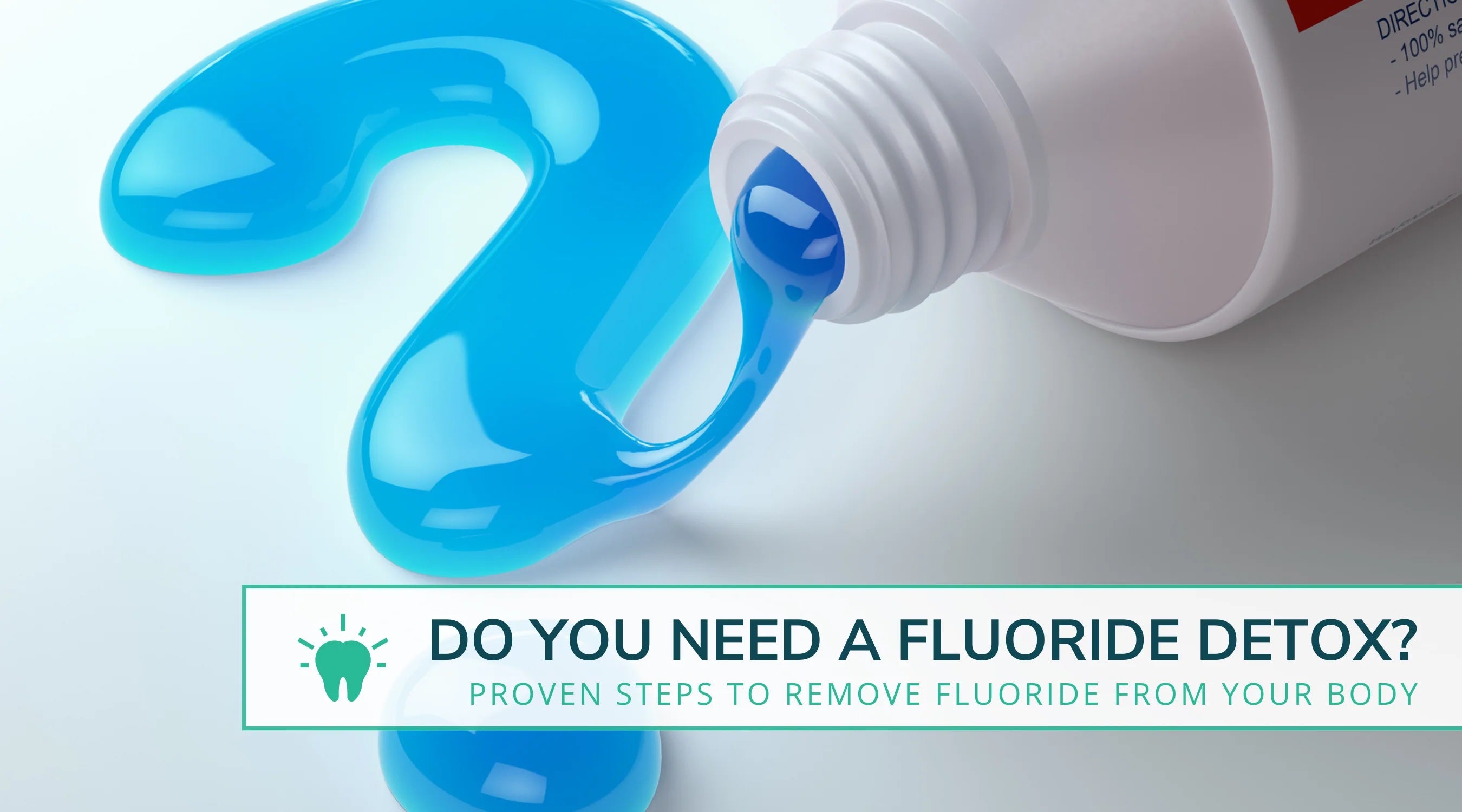
Taking care of your body is one of the best investments you can ever carry out. This consists of detoxing your body regularly, eating healthy meals, and using safe oral and skin products. Fluoride...
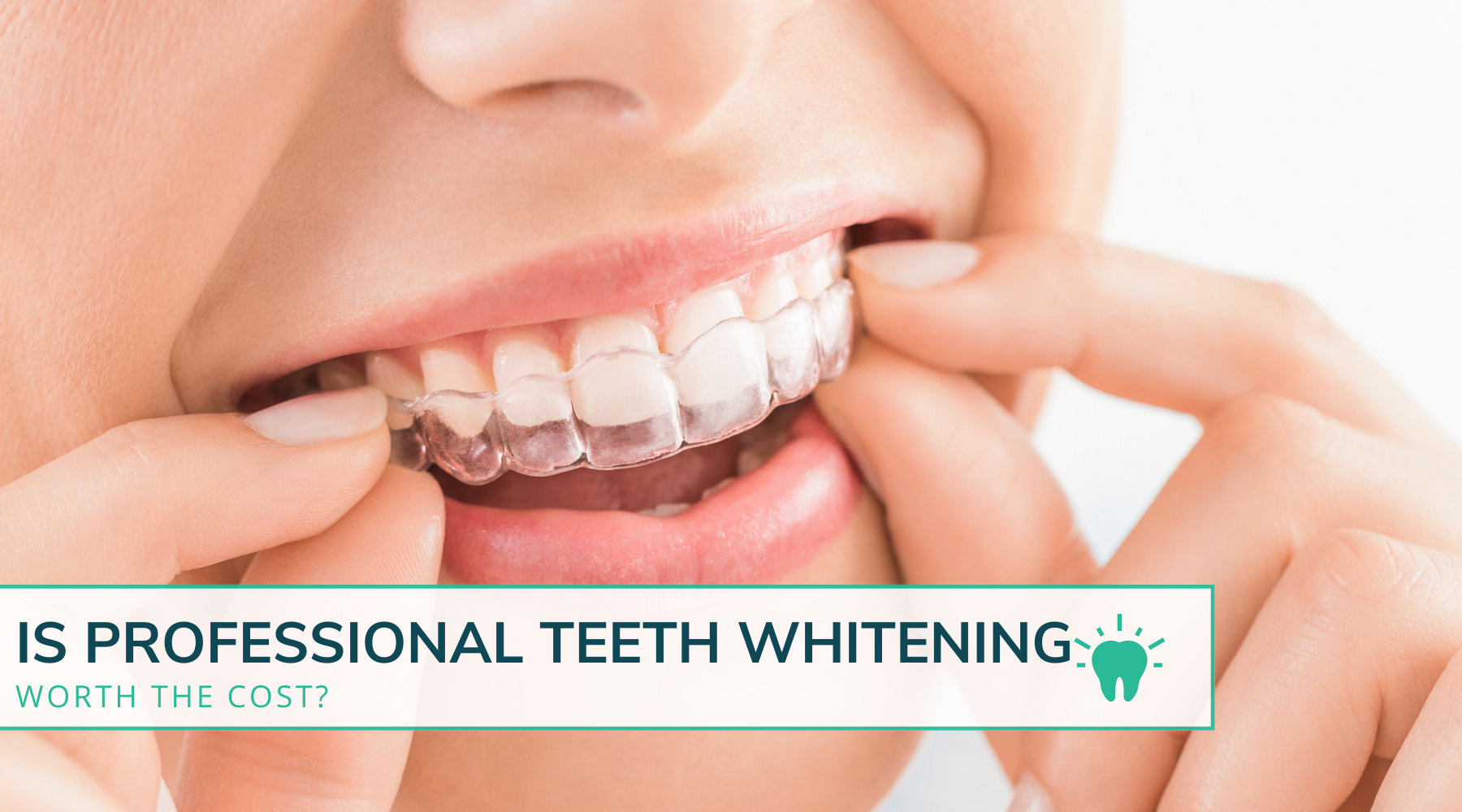
In addition to causing sensitive teeth and gums, teeth whitening can be costly to maintain. Whether you choose to use white strips or have your teeth professionally whitened by a dentist, teeth wh...
